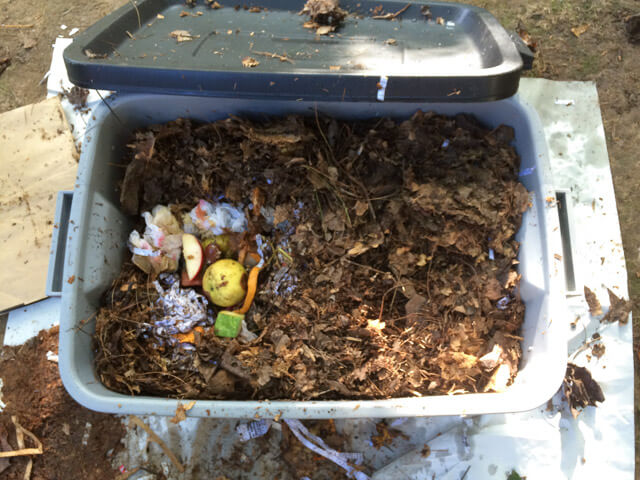
So you have pests in your worm bin, and are looking to see if it will affect your worm compost… Well… You're in the right place!
In this blog I will break down exactly how to prevent pests from your worm bin for the future, which pests are harmless & harmful and the best methods to remove the harmful pests which infiltrate your worm bin.
In this post:
-
How to protect your worm bed from pests? (prevention is better than a cure)
-
Best methods to remove the benign/harmful pests which infiltrated your worm bin:
How to protect your worm bed from pests?
As boring, as is important, we want to make sure this never happens again! So the best way to handle pests in your worm bin is to make sure they never establish themselves there in the first place.
In order to do this, we want to ensure that you are taking the necessary measures to maintain your worm bin properly so it never attracts pests…
Well, what exactly is a well maintained worm bin?
A well maintained worm bin warrants the following:
- The most important thing and by far the no. 1 tip to prevent pests, is to make sure your worm bin lid is securely shut, so pests do not have any way to enter the bin.
- The worms and bedding are covered with a damp sheet of burlap to make it harder for pests to infiltrate the bin.
- Food scraps should always be covered with bedding to ensure they don’t overly rot, to reduce the likelihood of attracting pests.
- Make sure the food scraps consists largely of organic, non-toxic and non-greasy food, largely fruit and veg. Avoid meat, grease and pet feces, as these are pest magnets.
- It is also recommended to house your worm bin in an enclosed area such as garages, sheds or basements, making them less accessible to pests.
If these 5 steps are maintained throughout your worm bin journey, pests will never be an issue.
Beneficial and harmless pests in your worm bin:
Here I will go over the most common harmless pests in your worm bin which you don’t need to worry about, and in some cases can even be beneficial to your worm composting!
Beneficial pests in your worm bin:
The following pests either indicate a good growing environment for your vermicompost, or they play a part in helping break down the compost itself. Don’t worry if you see any of the following pests in your worm bin, as they are all beneficial.
-
Earwigs

-
Springtails

-
Millipedes

-
Soldier Flies

Benign pests in your worm bin:
The following pests are neither harmful nor beneficial, but rather in some cases may indicate that your worm bin might not be an ideal environment.
-
Roly Polys
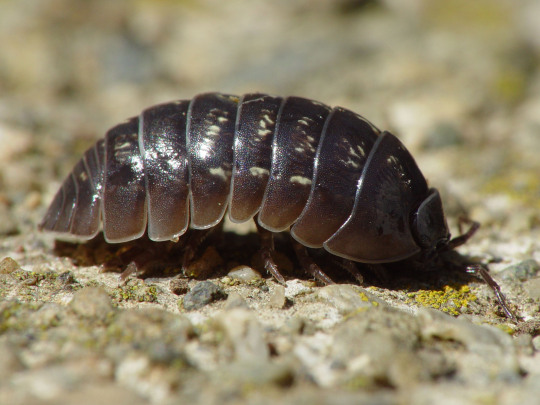
- These are harmless, but thrive in wet environments, so keep an eye out on the moisture level of your worm bin.
-
Pot Worms

- Although they won’t harm your worms, they indicate too much moisture is present in the bin, so dry the bin out with some shredded paper if you see these.
-
Fruit Flies
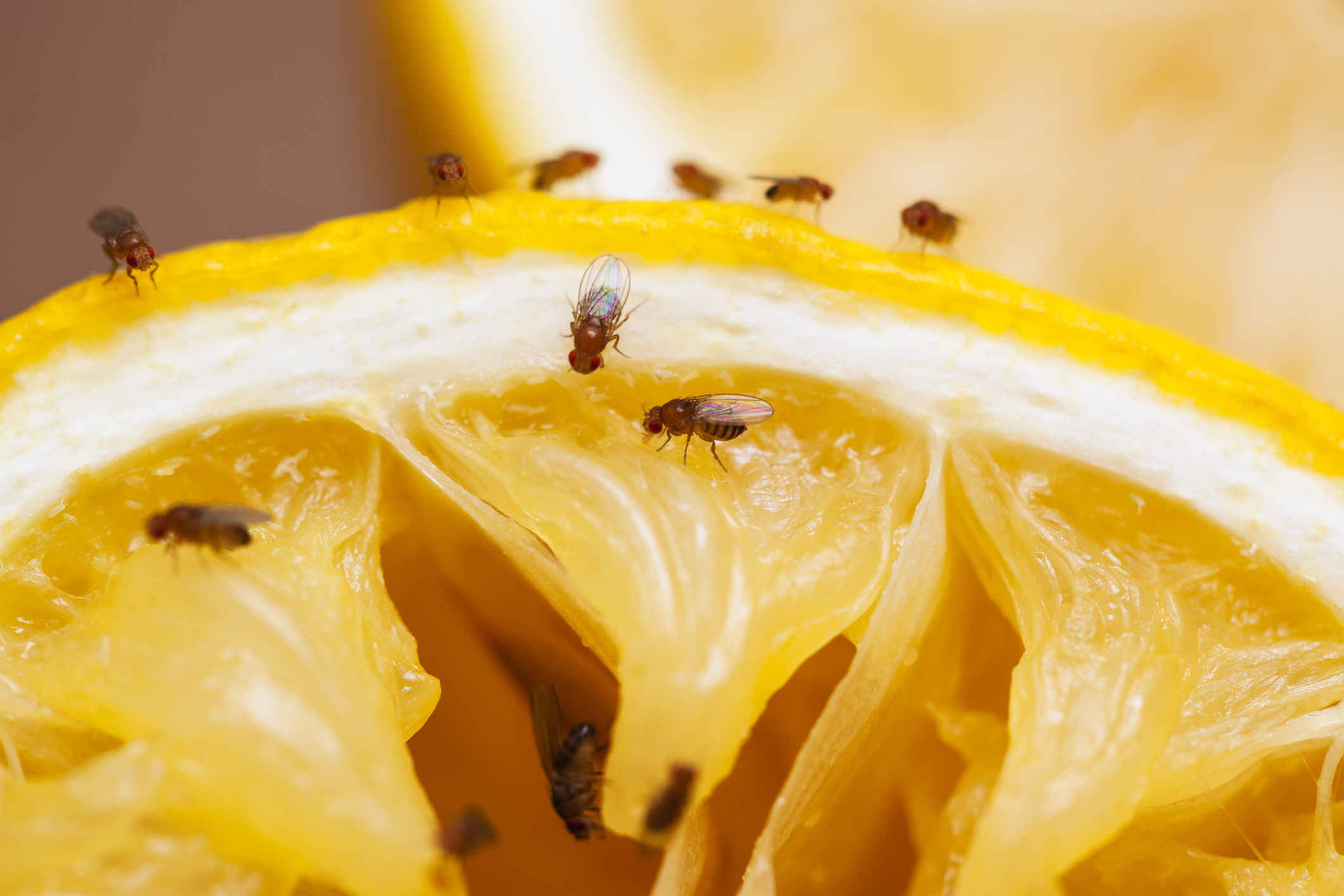
- Although they are annoying, they won’t hurt your worms. It is still recommended to remove them via making a trap through vinegar and soap.
-
Ants

- Ants can indicate a too dry worm bin, so consider moistening your worm bin up.
Harmful pests in your worm bin:
The following pests can be very harmful to your worm bin, and the following procedures need to be taken to ensure they are removed (We will discuss how to remove these in the next segment of this blog).
-
Centipedes
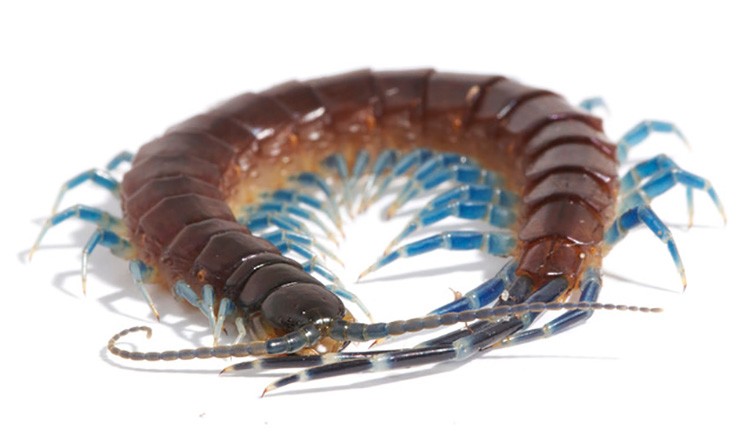
- Unlike millipedes, which are beneficial to your worm bin, centipedes use toxic venom to incapacitate their prey, which can include worms.
-
Earthworm mites

- Mites are said to compete with worms for food, so they are likely to drive your worms down away from the fresh food, eventually harming your worm bin.
-
Slugs and snails
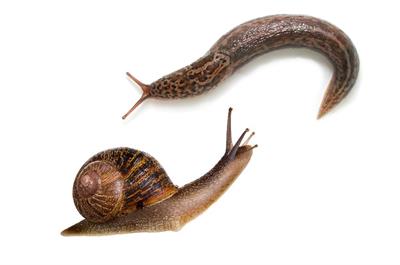
- Although these don’t directly harm your worms, they can lay eggs in your compost creating a slug infestation in your worm bin.
Best methods to remove the benign/harmful pests which infiltrated your worm bin?
Removing benign pests:
Although benign pests won’t harm your worms or worm bin directly, they can get annoying over time, so here is how to remove them…
-
Pot worms:
- Place some bread soaked in milk in the bin, then you can discard the bread after a few hours, with the pot worms on it.
-
Fruit flies:
- Cover the fruit with some bedding.
- Try custom traps to reduce the population.
- Wash produce before consumption to remove eggs.
- Try microwaving or freezing food waste before adding it to the worm bin (letting the food waste return to room temperature of course)
-
Ants:
- Ants are a sign that your worm bin is not moist enough. A good splash of water usually fixes it. Do not use insecticide.
- If your worm bin is on legs, place each leg in a dish of water to stop the ants getting in.
- Try sprinkling ground cinnamon wherever the ants are. You can also move the worm bin somewhere else.
Removing harmful pests:
-
Centipedes:
- Remove them by hand (recommended to wear gloves, as they do bite) as they don’t multiply in large numbers.
-
Earthworm mites:
- Place bread soaked in milk on the worm bin, remove and throw once filled with mites.
- An emergency method is to flood the bed, driving the mites to the surface and burn them with a blow torch.
-
Slugs and snails:
- Remove by hand, as they are not dangerous/do not multiply.




1 comment
Alton R Clark
Thank you for the info.
Leave a comment
All comments are moderated before being published.
This site is protected by hCaptcha and the hCaptcha Privacy Policy and Terms of Service apply.